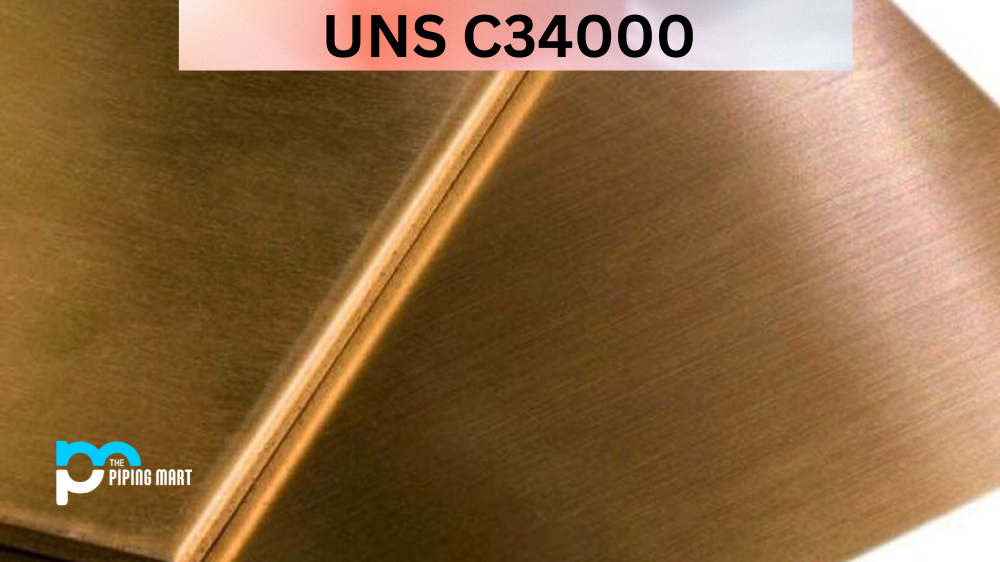When it comes to designing and manufacturing high-quality aerospace components, selecting the suitable material can make all the difference in the performance and reliability of the end product. One such material that has gained popularity in recent years is AMS 4122. This alloy belongs to the aluminium-copper family and is well-suited for aircraft structures, landing gear components, and other high-stress applications. This article will closely examine AMS 4122’s composition, physical and mechanical properties, most common uses, hardness, and heat treatment.
What is AMS 4122?
AMS 4122 (also known as 7075 Aluminum Alloy) is an aerospace material specification that outlines the requirements for a specific type of aluminium alloy. This alloy is commonly used in aerospace due to its strength, durability, and lightweight properties. AMS 4122 must adhere to strict guidelines regarding chemical composition, heat treatment, and mechanical properties to qualify as an acceptable material. This ensures the final product is reliable and meets the industry’s high standards. As aircraft continue to push the boundaries of speed and efficiency, materials like AMS4122 play a crucial role in making these advancements possible.
What form is AMS 4122 Available at Piping Mart?
- Pipes
- Tubing
AMS 4122 Composition:
At its core, AMS 4122 is an aluminium alloy containing 3.8-4.9% copper, 0.4-0.8% magnesium, 0.6-1.2% manganese, and less than 0.50% iron, silicon, and zinc. Adding copper adds strength and helps improve the alloy’s machinability. Magnesium provides corrosion resistance and improves fatigue strength, while manganese helps to stabilize the alloy’s microstructure and promotes grain refinement.
|
Si |
Fe |
Cu |
Mn |
Mg |
Cr |
Zn |
Ti |
Others-Each |
Others Total |
Al |
|
|---|---|---|---|---|---|---|---|---|---|---|---|
| 7075 |
0.40 |
0.50 |
1.2-2.0 |
0.30 |
2.1-2.9 |
0.18-0.28 |
5.1-6.1 |
0.20 |
0.05 |
0.15 |
Remainder |
AMS 4122 Physical Properties
AMS 4122 exhibits excellent flexibility and is highly resistant to corrosion. It is a lightweight and sturdy material with a density of 2.76 g/cm³ and a melting point of 495°C. The alloy is also highly weldable, making it easy to work with during fabrication.
AMS 4122 Mechanical Properties
AMS 4122 is known for its excellent strength-to-weight ratio, making it ideal for aerospace and other high-stress applications. Its yield can reach 420 MPa (60,000 psi), while its ultimate tensile strength can go as high as 480 MPa (70,000 psi). The alloy also exhibits good durability and wear resistance, making it ideal for components subject to repetitive stress and cyclical loading.
| Alloy-Temper |
Tensile Strength (ksi) |
Yield Strength (ksi) |
Elongation (%) |
|---|---|---|---|
| 7075-O |
33 |
15 |
16 |
| 7075-T6 |
83 |
73 |
11 |
AMS 4122 Uses
AMS 4122 is widely used in the aerospace industry for various structural applications, including aircraft fuselages, wing skins, and landing gear components. Its strength, ductility, and corrosion resistance also make it a popular choice for marine and offshore applications and in the construction and automotive industries.
AMS 4122 Hardness
The hardness of AMS 4122 can vary depending on the heat treatment applied to the material. In its as-fabricated condition, the alloy generally exhibits a Rockwell hardness of around 50-60 HRB. With age hardening, it can reach a maximum of 72 HRB.
AMS 4122 Heat treatment:
AMS 4122 can be heat treated to improve its strength and durability. This alloy’s most common heat treatment is solution heat treatment, followed by age hardening. Solution heat treatment involves heating the alloy to around 510-540°C for several hours, followed by rapid cooling in water or another quenching medium. Age hardening involves heating the alloy to about 150-180°C for several hours to allow for precipitation hardening.
Conclusion:
AMS 4122 material is a versatile aluminium-copper alloy with excellent strength, ductility, and corrosion resistance. Its properties make it an ideal material for use in various aerospace, marine, construction, and automotive applications. Understanding the alloy’s composition, physical and mechanical properties, uses, hardness and heat treatment can help engineers and designers make informed decisions when selecting materials for their projects. By choosing AMS 4122, they can be confident they are using a reliable and high-performing material that will meet their needs and exceed their expectations.

A passionate metal industry expert and blogger. With over 5 years of experience in the field, Palak brings a wealth of knowledge and insight to her writing. Whether discussing the latest trends in the metal industry or sharing tips, she is dedicated to helping others succeed in the metal industry.




